Whatever else you could say about Yvonne Farrell and Shelley McNamara of Grafton Architects, one thing is certainly true: they've never lost the run of themselves. Even though they're now laden with top-notch architectural awards and medals – including this week being named Pritzker Prize laureates, regarded internationally as architecture's highest honour – neither of them became divas.
Níall McLaughlin, the brilliant Irish architect who’s made waves in London, recalls the pair of them as tutors in 1982 at the UCD School of Architecture, of which both Farrell (69) and McNamara (68) are graduates.
“I remember them driving around Dublin in a battered old car to exhibit their students’ urban proposals in local libraries. The message that gave to us, at this early stage, was that our work was important and we should have faith in its ability to change the status quo.”
McLaughlin was a member of the jury that selected Grafton Architects, founded by Farrell and McNamara in 1978, for the Britain'sRoyal Gold Medal, the premier award given annually by the Royal Institute of British Architects (Riba). Reflecting their collaborative approach, it was the first time the medal went to an architectural practice as a whole rather than to named individuals at the head of it.
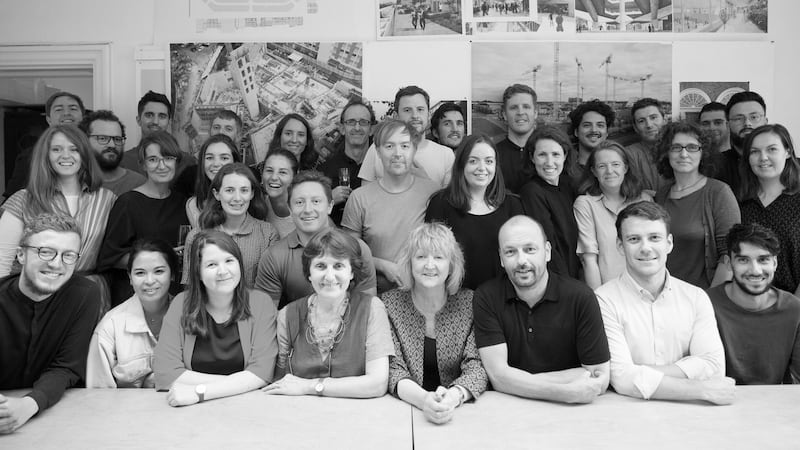
After architect and critic Shane O'Toole delivered the jury's citation at a glittering dinner at the Riba's august headquarters on Portland Place in London, every member of the Grafton Architects team at the event was invited to stand up wherever they had been sitting at dozens of round tables – and all were given a thunderous round of applause for their roles in making a "substantial contribution to international architecture".
Grafton's latest project – a revolutionary £50 million library for Kingston University in southwest London – had just been completed, to rave reviews. With open-plan reading rooms and dance studios gathered around a triple-height performance space, Kingston Town House combines seemingly incompatible functions with effortless ease, and the result has been hailed as an unqualified success.
“It’s like a big crossroads,” Farrell told Oliver Wainwright, the Guardian’s architecture critic, who noted that she was “visibly thrilled at the level of buzz in the building, as a gaggle of hijab-wearing girls comes down the staircase mid-gossip, while a group of boys saunters past, eyeing up who’s here. ‘Why do you come to university, when you can study online?’ she adds. ‘It’s about meeting people and falling in love.’”
Both of Grafton’s founders hail from smalltown Ireland. Farrell was born in Tullamore, Co Offaly, the daughter of a solicitor who subsequently became a Circuit Court judge, while McNamara grew up in Lisdoonvarna, Co Clare. Her father was well-known building contractor Michael McNamara, and her brother Bernard was a major boom-time property developer who was declared bankrupt in 2012 with debts of more than €1 billion. He has since emerged from bankruptcy.

World-beating buildings
Farrell suffered the tragic loss of her first husband, fellow architect Michael de Courcy, just 18 months after their wedding in Cairo, while she was teaching architecture in Amman, Jordan; he died in July 1984 after suffering a serious head injury during a soccer match. They had jointly curated the architectural element of A Sense of Ireland festival in London during the spring of 1980; their son Matthew is now a solicitor there.
Fortuitously, Farrell and de Courcy had engaged the influential British-born architect and critic Kenneth Frampton to write an introduction to the exhibition catalogue. He later became a major champion of Grafton in international architectural circles, as the practice’s work grew from relatively small projects in Dublin to world-beating buildings in cities as far-flung as Milan, Toulouse, Lima and London.
One of their earliest Dublin projects – an office building on Ormond Quay Upper, incorporating the ground-floor remnant of a Presbyterian church – was commissioned by McNamara’s brother Bernard. Another project was an apartment block on Church Street and North King Street, for which they were the first architects to be engaged by Liam Carroll of Zoe Developments.
Carroll, who was churning out shoebox flats all over Dublin at the time, had no choice in the matter as then Dublin City Architect Jim Barrett insisted that this particular scheme would have to be designed by architects, rather than Zoe’s team of in-house architectural technicians. Carroll, a mechanical engineer, who now had to deal with formidable women, referred to Farrell and McNamara as “the girls”.
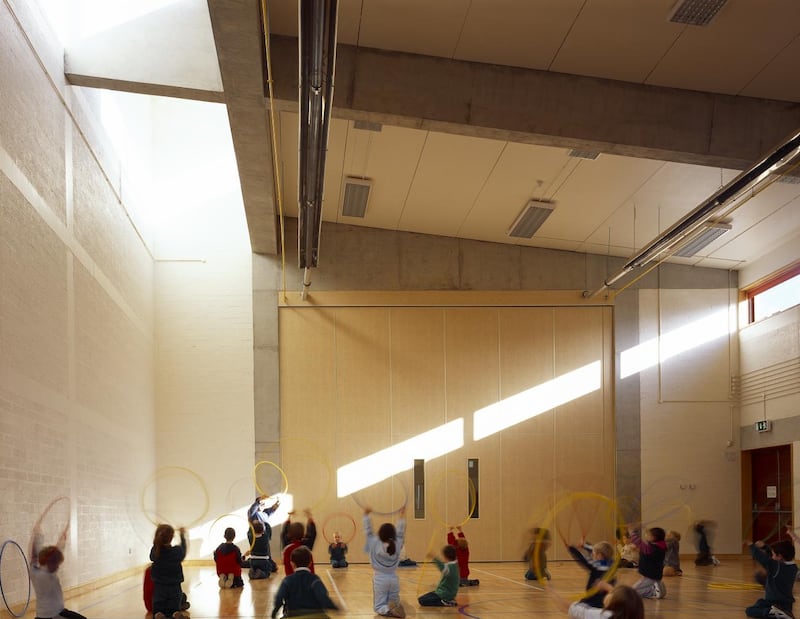
Working from the attic floor of Weir & Sons’ 150-year-old emporium on Grafton Street, and more recently in spacious offices in the Pen Corner building on College Green, Farrell and McNamara – who have been in practice together for more than 40 years – managed to carve out stellar careers in a profession still dominated by men, simply because they are so good at what they do. Being women was never a handicap to their success.
Along with fellow Grafton directors Ger Carty and Philippe O’Sullivan, “the girls” got on with it, winning commissions for innovative buildings including the Solstice Arts Centre in Navan, Co Meath, Ardscoil Mhuire in Ballinasloe, Co Galway, the Urban Land Institute in UCD Belfield, the Mechanical Engineering building in Trinity College, and the University of Limerick’s Medical School and President’s House.
Intensely interested in urbanism, Grafton joined seven other relatively small architectural practices to form Group 91, initially to design a far-from-uniform terrace of houses in the Liberties, in a project titled “Making a Modern Street”.
Though never built as conceived, this project paved the way for Group 91 to win a competition for the Temple Bar Architectural Framework Plan, laying the groundwork for Dublin’s “cultural quarter”.
Grafton was commissioned to design Temple Bar Square, then a surface car park, flanking it to the south with a three-storey building clad in grey brick that had shops or cafes on the ground floor and eight apartments overhead. After nearly 25 years of wear-and-tear, as the area turned into “the Temple of Bars”, the square is to be remade – this time on a slope, paved with flagstones fringed by street setts.
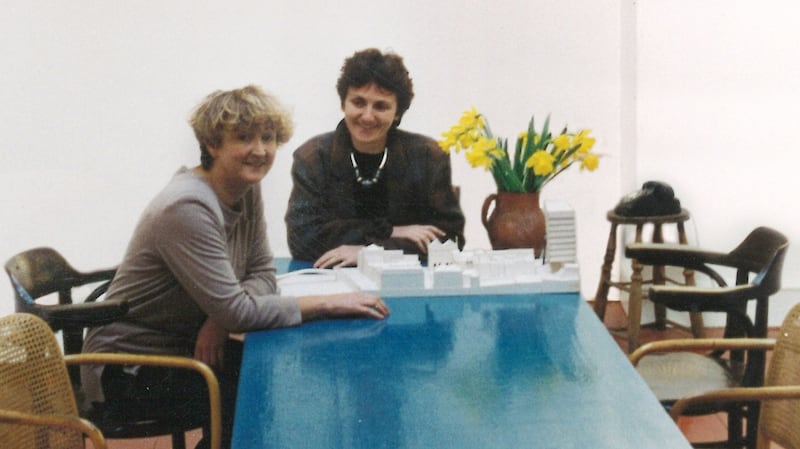
Dismayed by the tatty and disjointed traditional St Patrick's Day parade in Dublin, Farrell and McNamara threw themselves into surveying it and making recommendations on how it could be turned into a true spectacle. And it's largely due to their prompting that the annual parade was transformed into something like what happens on the streets of Barcelona during the city's San Jordi festival – minus its random fireworks.
They attracted international attention and acclaim after winning a competition to design a new economics faculty building for Bocconi University in Milan. An extraordinary edifice, spellbinding in its scale and ingenuity but rooted to a sense of place, it went on to win the inaugural World Building of the Year award in 2008 – catapulting Grafton Architects into the stratosphere, suddenly and decisively.

The ‘new geography’
They were the only non-Peruvian architects shortlisted in a competition to design a new campus for UTEC, the technological university in Lima, Peru. As usual, Farrell and McNamara had done their homework, studying Lima’s interface with the Pacific Ocean in the form of high cliffs. And, naturally, the building Grafton designed – an airy, concrete structure – was cliff-like, hard by the edge of a highway.
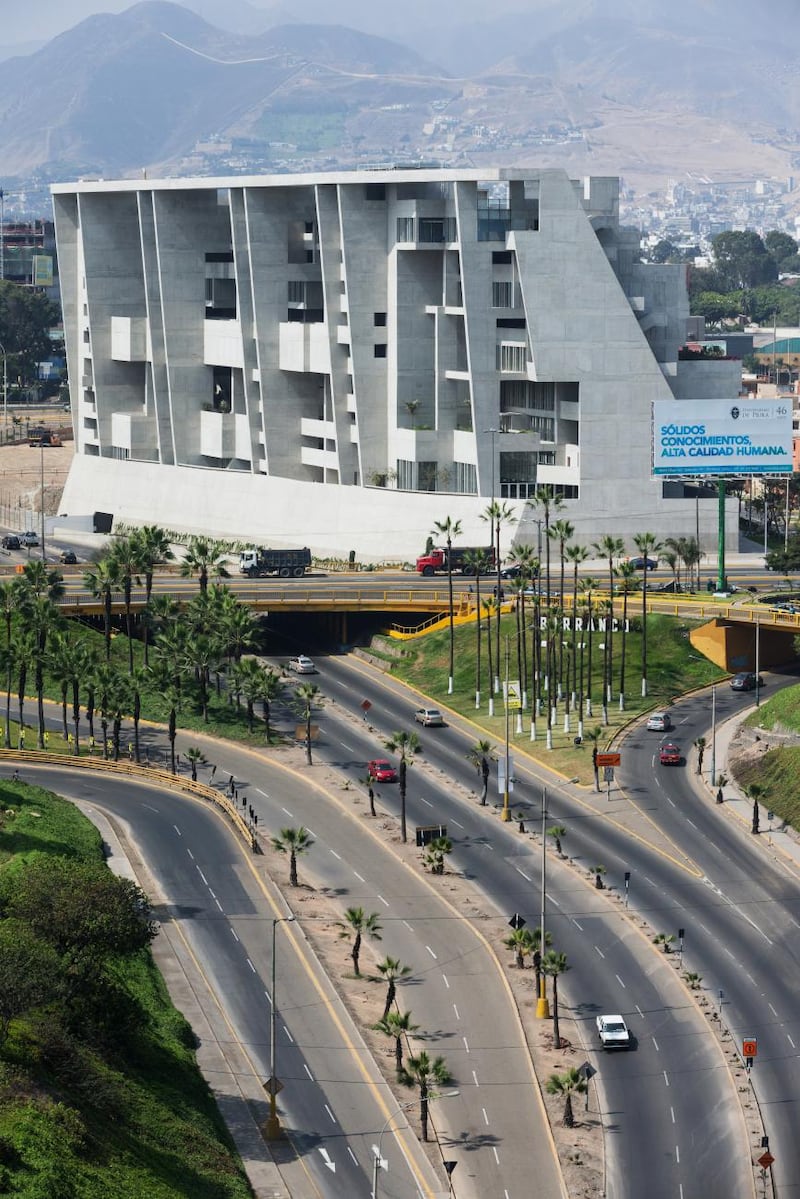
Long before the building was finished, Grafton staged a major exhibition at the 2012 Venice Architecture Biennale, inspired by their work in Lima and exploring the idea of architecture as the “new geography” by drawing parallels between Skellig Michael, off the coast of Kerry, and Machu Picchu, the Inca citadel in the Andes. Though far apart in time and space, they told the same story “of humanity’s tender clinging to this earth”.
Farrell and McNamara were invited to become visiting professors of architecture at the Harvard Graduate School of Design, Yale University and the Accademia di Architettura, Mendrisio, in the Italian-speaking canton of Ticino, Switzerland. They were elected as members of Aosdána, and made fellows of the Royal Institute of the Architects of Ireland and international honorary fellows of the Riba. (McNamara’s partner, artist Michael Kane, is also a member of Aosdána.)
Their biggest coup was being appointed as joint curators of the 2018 Venice Biennale, with “freespace” as its chosen theme – an idea about the generosity of architecture in providing new and interesting spaces for the public to use. Widely hailed as a great success, the biennale cemented their international reputation and paved the way to Britain’s Royal Gold Medal and the Pritzker Architecture Prize for 2020.
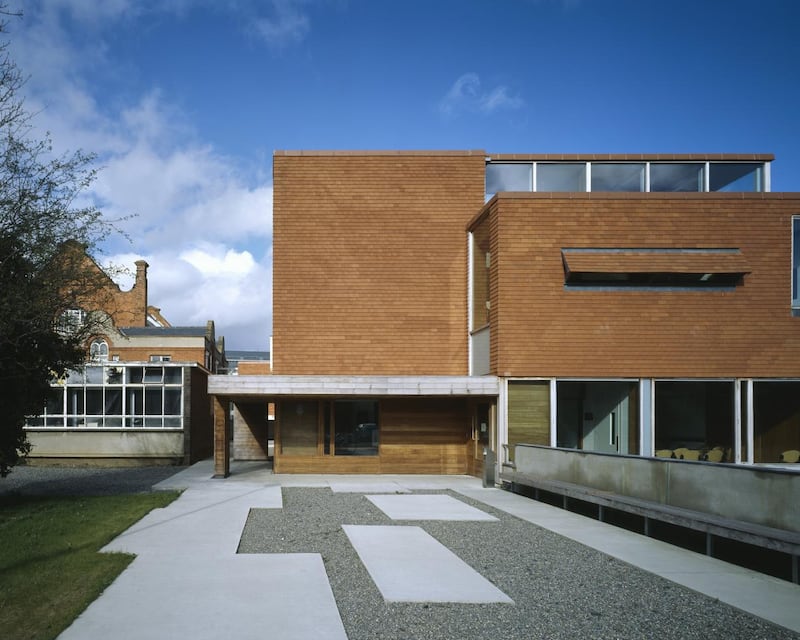
Current building projects include two major Dublin projects: redeveloping the ESB’s headquarters in Fitzwilliam Street, in collaboration with O’Mahony Pike Architects, behind a neo-Georgian façade; and the proposed Central Library on the north side of Parnell Square, where the original 18th-century buildings of Coláiste Mhuire will be joined by a muscular concrete extension to the rear, with dramatic public spaces.
Also in the pipeline are more projects abroad, including the long-delayed School of Economics for the University of Toulouse, now finally nearing completion; a masterplan for Institut Mines-Télécom in Paris, with buildings arranged around a quadrangle, and the massive Hamilton Building for the London School of Economics, off Lincoln’s Inn Fields, across the street from O’Donnell + Tuomey’s brick-clad LSE Student Centre.
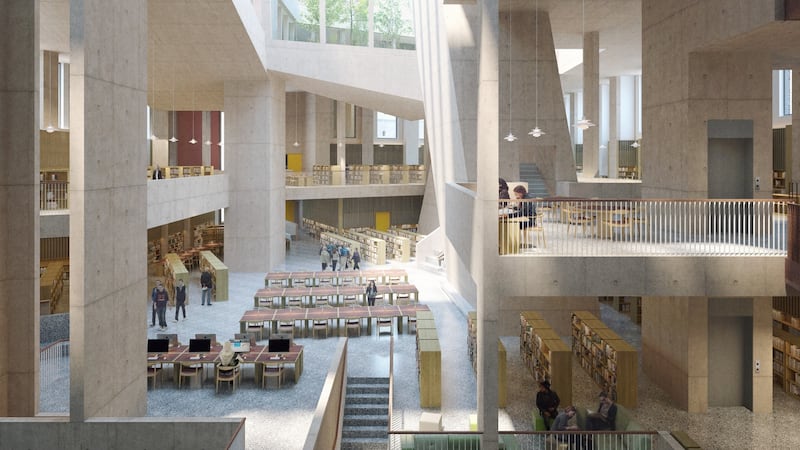
Farrell and McNamara have come a long way, from relatively small projects in Ireland to huge buildings costing tens of millions. Yet they remain as grounded as ever, just as I’ve known them over the past 30 years or more, and still living in the same houses in Sandymount and in Ballsbridge.
That they have now won the Pritzker Prize, regarded as world architecture’s highest honour, is a tribute to their perseverance as much as their brilliance as designers and educators over the decades.
With the RIAI’s Gandon Medal and UCD’s Ulysses Medal under their belts, as well as the Royal Gold Medal, there is almost no gong left for them to win now. But true to form, neither of them will be resting on these laurels.













